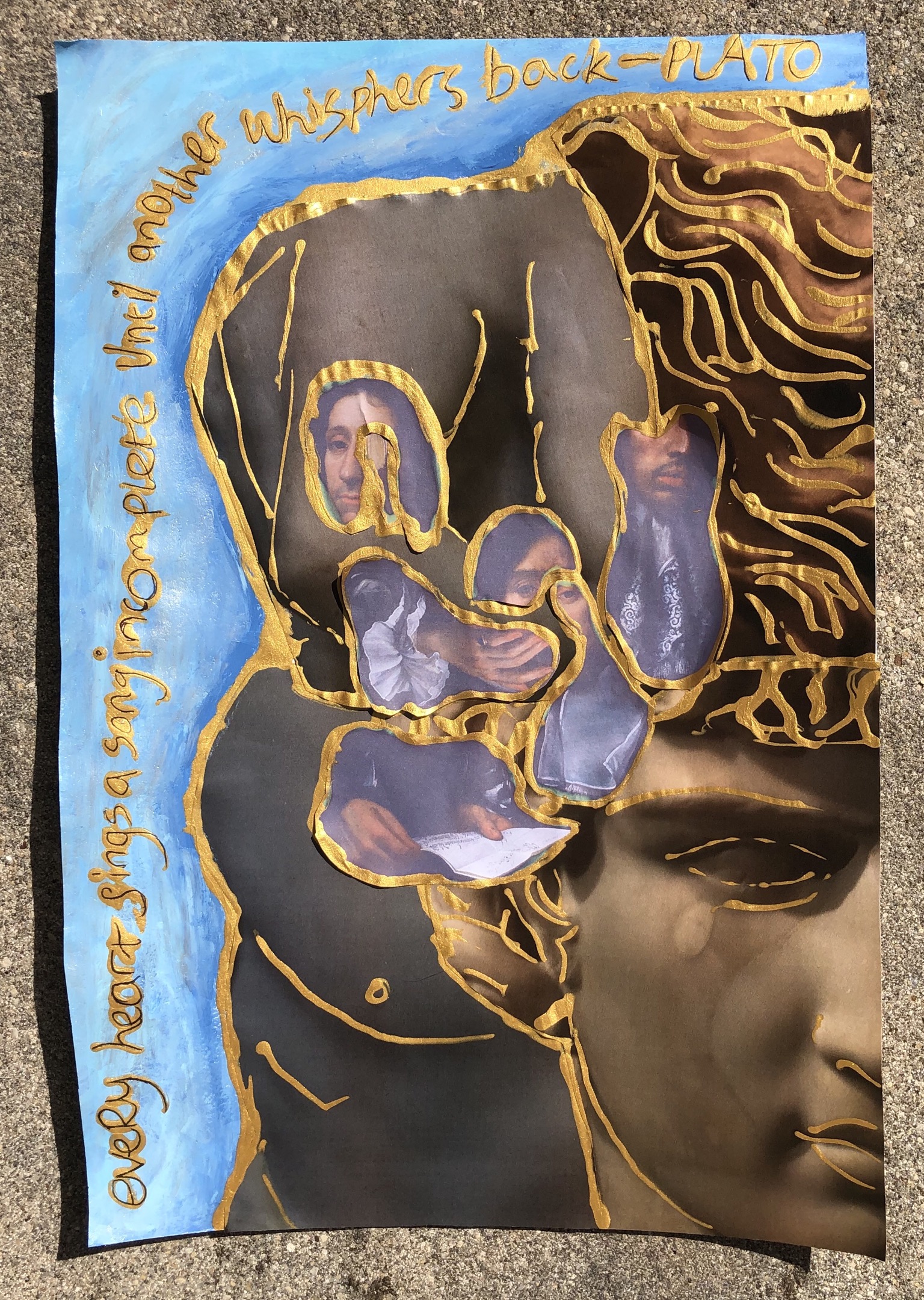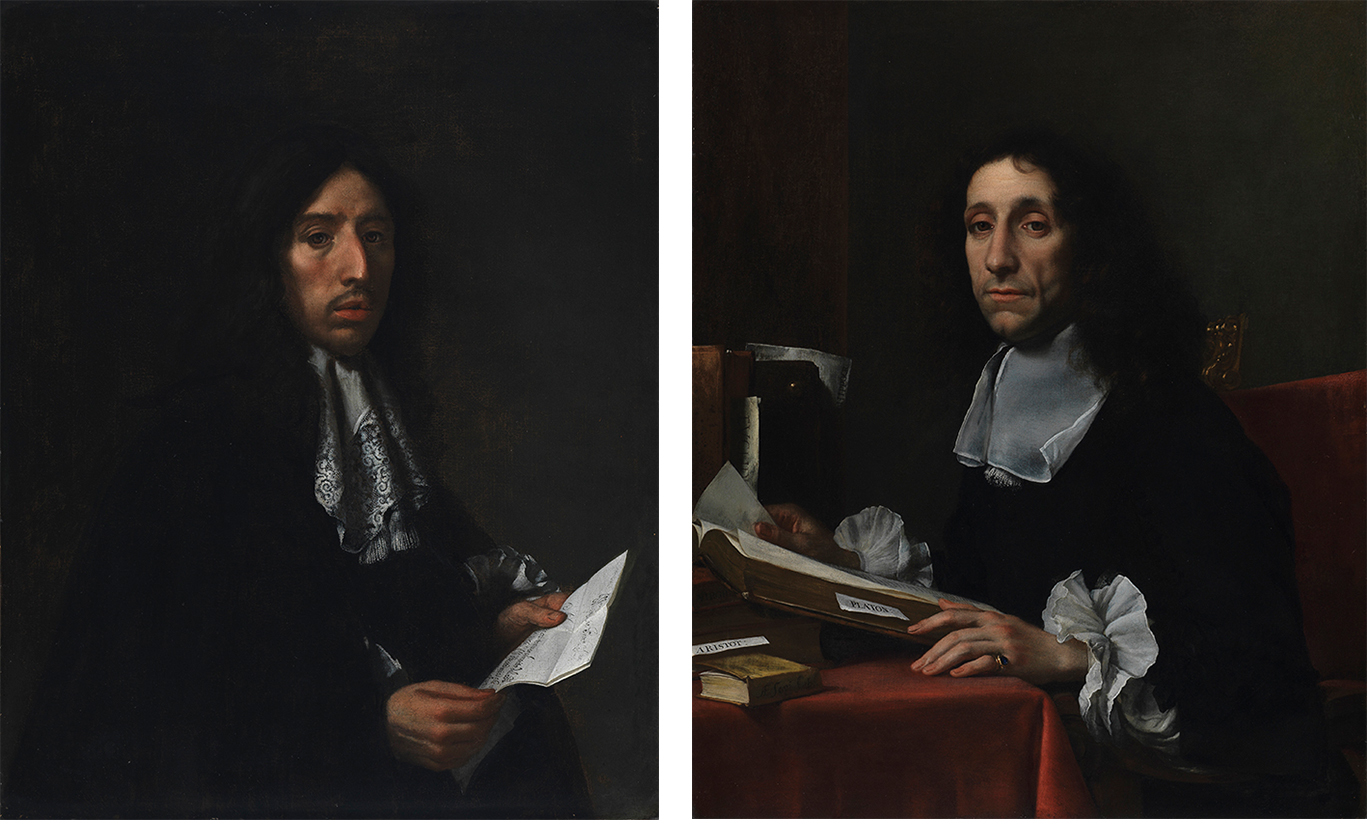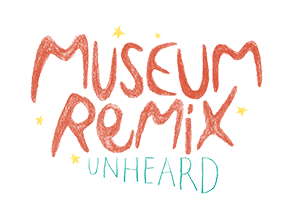Thomas Chandler's collage is inspired by the Fitzwilliam Museum's portraits of Sir John Finch and Sir Thomas Baines by Carlo Dolci.
Finch and Baines, both trained physicians, met while studying at Cambridge in the 1640s. They were inseparable throughout a relationship that lasted 36 years, and were buried together in a joint monument in Christ's College.
A Song Incomplete
Collage with paper and paint

Artist Thomas Chandler writes,
"I enjoyed the LGBT+ history behind the paintings. I approached it from my interest in classical and Renaissance art and modern re-interpretation of these as they are so often infused with homoerotic tension. I wanted a contrast between the explicit beauty of the sculpture and the implicit love between the portraits and the sitters. I believe the museums should make an effort approach queer objects in the context of other queer objects, rather than, as they often do, stripping objects back to style or period."
Museum Remix Guest Curator Lucian Stephenson says,
"The exploration of the piece is immediately obvious: the gold that edges the collage’s pieces, highlighting the observational beauty of the subjects (and thereby implying the desire of the artist) is staggeringly beautiful."
Finch & Baines

John Finch and Thomas Baines, both trained physicians, met while studying at Cambridge in the 1640s. They were inseparable throughout a relationship that lasted 36 years, and were buried together in a joint monument in Christ's College, Cambridge.
Finch commissioned the portraits from Carlo Dolci in 1665, during a diplomatic mission to Florence; he would later serve as British Ambassador to the Ottoman Empire. Baines is shown reading books of philosophy - including Plato - demonstrating his wide-ranging interests.
This artwork is part of the Museum Remix: Unheard project, and is featured in the Museum Remix: Woven Histories digital exhibition.






